Simone Young and Brahms (ANAM/MRC)
Simone Young’s return to Melbourne saw her presenting a mostly Romantic program with soprano Emma Matthews and the Australian National Academy of Music (ANAM) Orchestra. The first half, heralded by Paul Stanhope’s Fantasia on a Theme of Vaughan Williams (2003), was devoted to Duparc songs and an orchestral nocturne. After interval, the slightly reduced orchestra performed Brahms’s Second Symphony.
The ANAM Orchestra is a professional training orchestra comprising élite musicians at ANAM, based in the South Melbourne Town Hall. Under the guidance of Paul Dean, ANAM prepares young musicians for the transition from the conservatorium to the concert hall and professional careers in music. This particular program allowed the players to test their musicianship in diverse styles of music and to take risks with these demanding and very different works. The ANAM Orchestra, truly symphonic in scale (eighty-five musicians were listed in the program), rose to the occasion.
Continue reading for only $10 per month. Subscribe and gain full access to Australian Book Review. Already a subscriber? Sign in. If you need assistance, feel free to contact us.



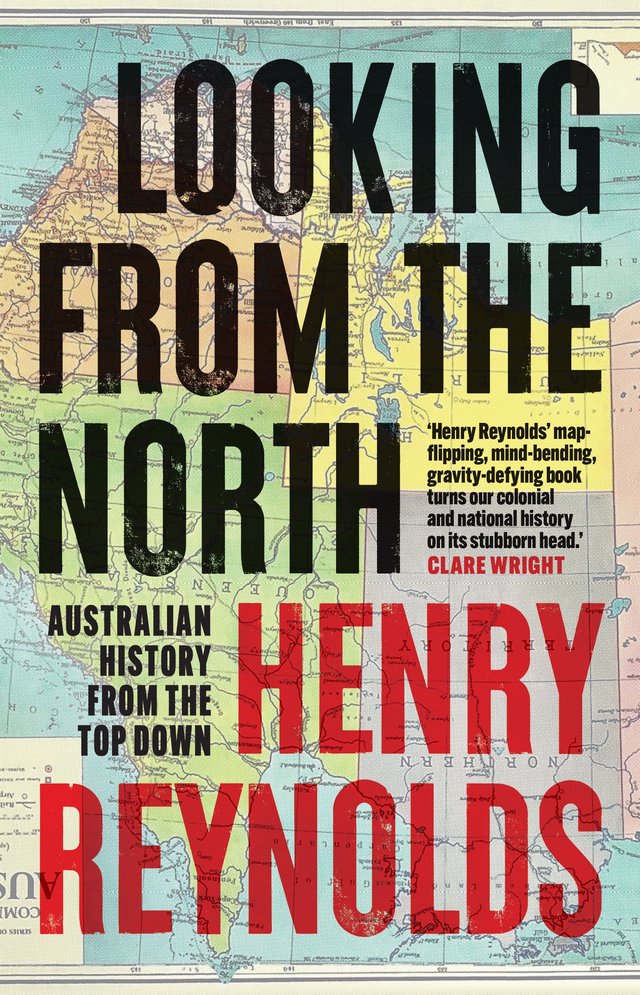
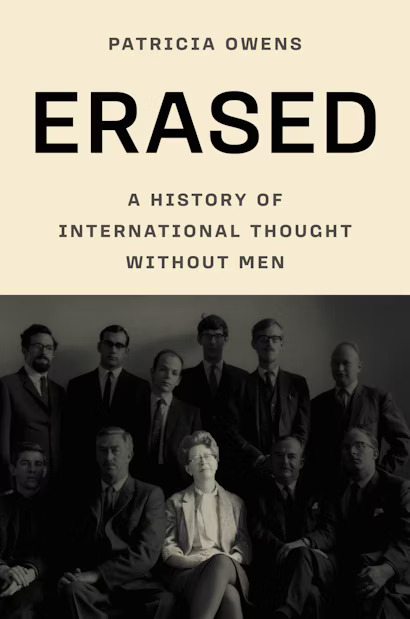
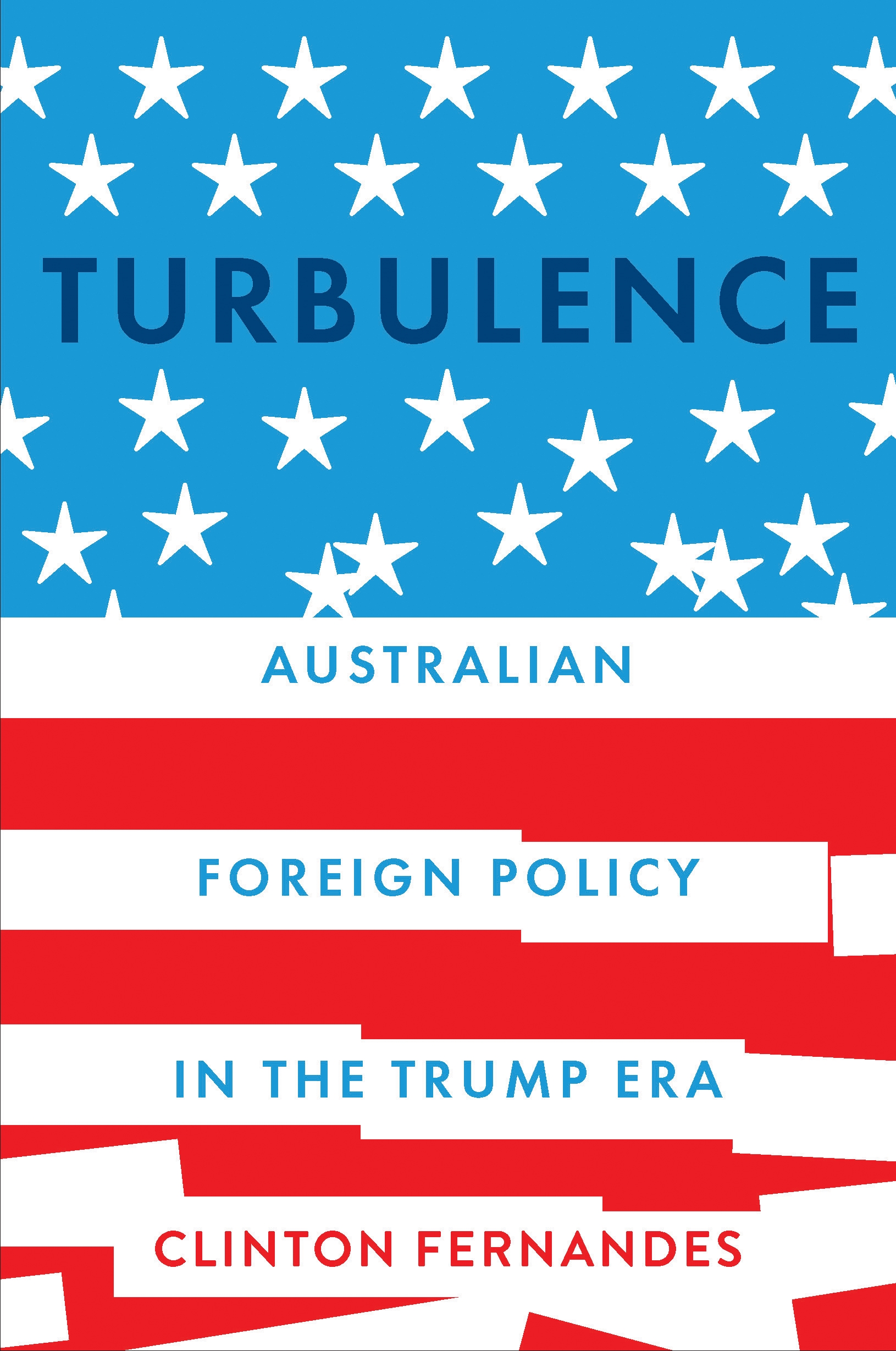
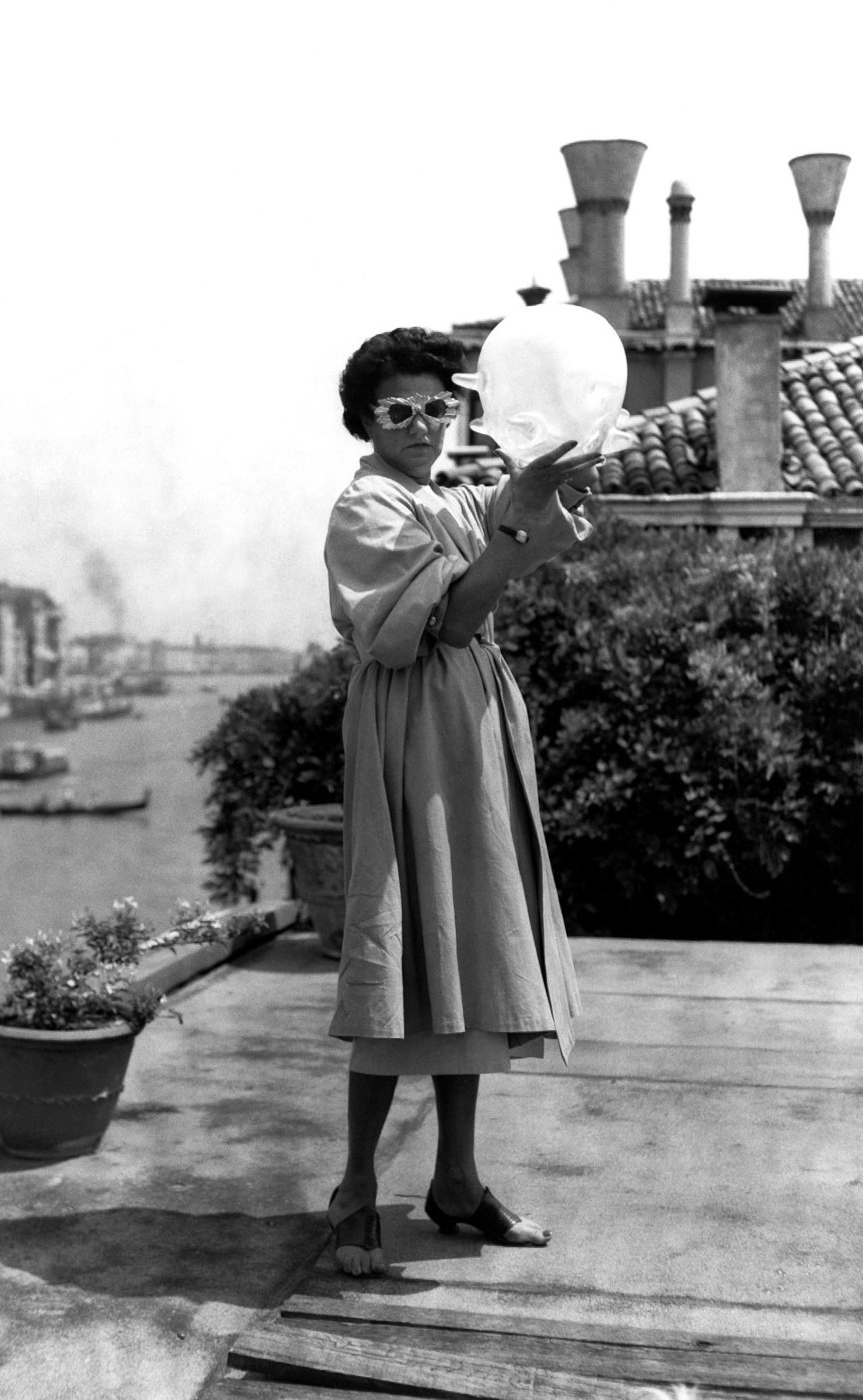
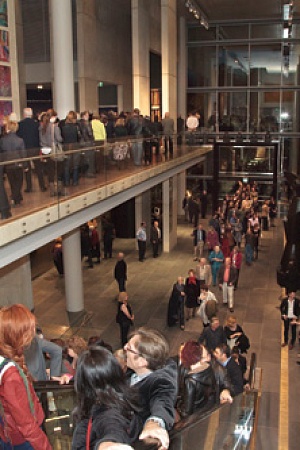

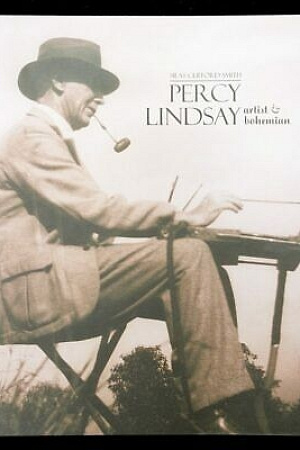
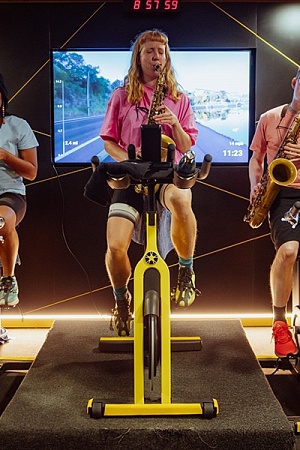
Leave a comment
If you are an ABR subscriber, you will need to sign in to post a comment.
If you have forgotten your sign in details, or if you receive an error message when trying to submit your comment, please email your comment (and the name of the article to which it relates) to ABR Comments. We will review your comment and, subject to approval, we will post it under your name.
Please note that all comments must be approved by ABR and comply with our Terms & Conditions.